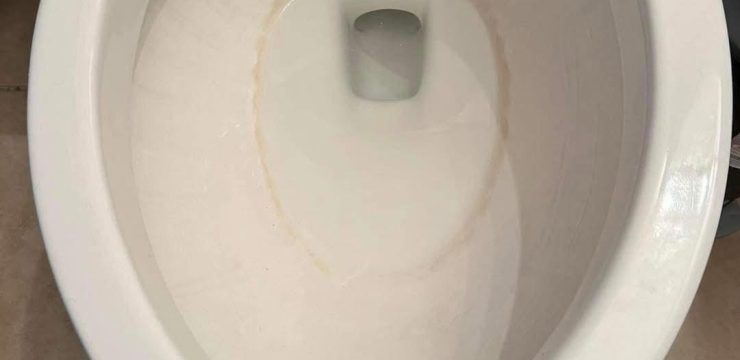Remodeling or designing your kitchen can be exciting, but also full of tough decisions—like choosing between a single or double sink. Both options have their own set of advantages, and the right choice really comes down to your cooking habits, available space, and personal preferences. Let’s dive into the pros and cons of each type to help you figure out which sink is best for your kitchen.

Single Sinks: The Spacious, Sleek Solution
A single sink boasts one large, open basin, giving you ample room to wash big items like pots, pans, and baking sheets. Since there’s no divider, soaking or scrubbing oversized cookware becomes much easier. If you often cook large meals or entertain guests, a single sink’s spacious design can be a lifesaver.
Pros:
- More space for large items: The wide-open basin can accommodate large cookware with ease.
- Easier to clean: With no divider to worry about, cleaning up is quick and simple.
- Sleek, modern appearance: Its minimalist design adds a clean and modern look to your kitchen.
- Great for small kitchens: If counter space is tight, a single sink takes up less room.
Cons:
- Limited multitasking: You can’t separate washing dishes from food prep, which can slow you down if you like to juggle tasks.
- Less versatility: There’s only one basin, so it’s harder to manage different tasks simultaneously.
Double Sinks: The Ultimate Multitasker
Double sinks come with two separate basins, allowing you to keep tasks like washing and food prep distinct. Whether you’re rinsing veggies in one basin and scrubbing dishes in the other, a double sink gives you the flexibility to handle multiple kitchen activities at once. This feature is especially handy for families or homes without a dishwasher, where multitasking is key.
Pros:
- Multitasking made easy: Having two basins lets you do more at once, whether it’s washing dishes and prepping food simultaneously or separating clean dishes from dirty ones.
- Versatility: Some double sinks come with basins of different sizes, giving you even more flexibility for various tasks.
- Convenient for homes without dishwashers: You can use one side for soaking or rinsing, making dishwashing by hand more efficient.
Cons:
- Less space for large items: The divided basins mean there’s less room for washing oversized cookware.
- More cleaning required: The divider can trap grime, making the sink slightly harder to maintain.
- Takes up more counter space: Double sinks tend to be larger, which can be a downside if your kitchen counters are already crowded.
How to Decide Which Sink Is Right for You
So, which sink should you go for? If simplicity and extra space are at the top of your list, a single sink might be the perfect fit. However, if you prioritize versatility and multitasking, a double sink could be the better option. Think about the size of your kitchen, how you like to cook, and your daily routines when making your decision.
Ultimately, there’s no “one-size-fits-all” solution. Your lifestyle and how you use your kitchen will be the biggest factors in choosing the right sink for your home.





